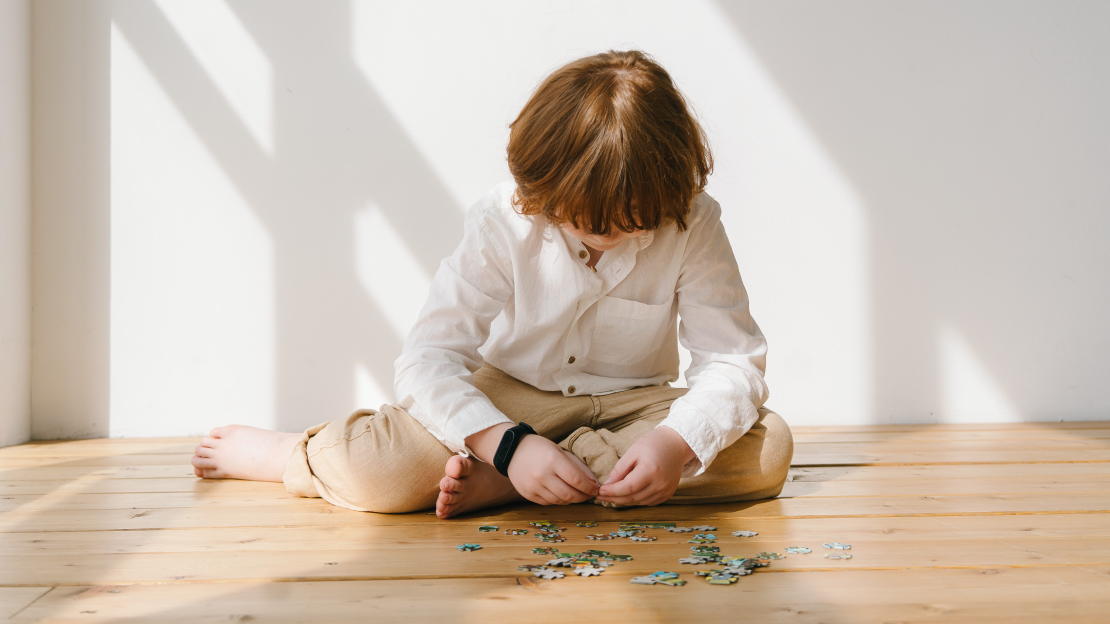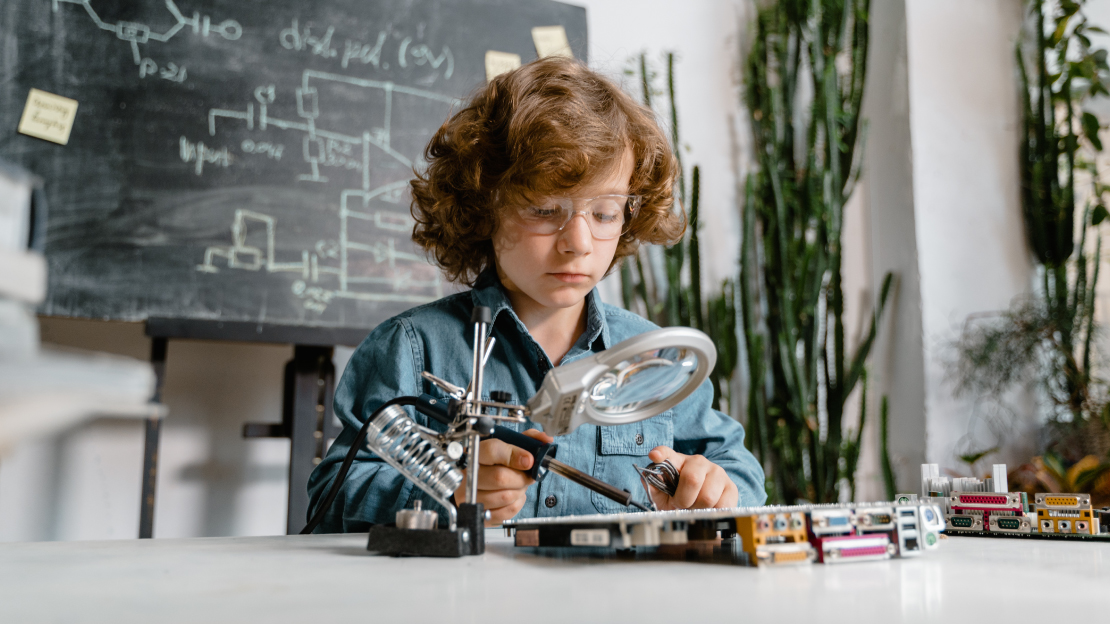When we think of STEM education and activities like coding for kids and robotics for kids, we see it as synonymous with problem-solving and critical thinking. STEM activities are fun and often the result of innovative thinking.
Introducing your kids to puzzle solving is an excellent way to initiate them into the exciting world of STEM learning. Puzzles are fun to do and lead to the development of mental faculties within the child. However, puzzles also help beat stress and relax the mind.
The Famous Puzzle

Consider this well-known puzzle.
A farmer wants to get across the river on a boat. With him are a fox, a goat, and a cabbage. The ship can carry only the farmer and anyone among the fox, goat, and cabbage. The fox can’t be alone with the goat; else, it will eat the goat. The goat can’t be left alone with the cabbage; else, it will eat the cabbage. How can all the four get across the river without anything being eaten?
Think for a second before moving on to the answer.
Here’s the answer.
First, the farmer takes the goat across and returns alone. Next, he takes the fox across and comes back with the goat. Then, he takes the cabbage with him, leaves it with the fox, and returns to get the goat.
The point of the puzzle was not just to test your problem-solving ability but also to make you realize how much fun activity like this can be. Kids especially love such puzzles with in-built stories in them.
The Mental Benefits

Research evidence suggests a strong link between puzzle-solving and stress relief. Today’s era is a period of information overload and limited attention spans. As parents, you might even be worried about your kids’ excessive screen time. When it is difficult to focus, puzzles can be the perfect tool to help the mind concentrate on a single task.
Puzzle-solving is like meditation, as the mind attains a meditative state when it attends to puzzles. It helps you stay calm and is one of the best ways to practice mindfulness.
Puzzles are also soothing for the mind as our brains are adept at finding patterns and forming connections. Since most puzzles require us to find ways, our brain finds them very comforting.
Puzzle-solving is a creative process as it involves finding connections. Research has shown that creativity flows when the person actively engages with all their emotions. While positive emotions might help see the bigger picture, negative feelings foster focus and logical thinking.
During puzzle solving, too, kids experience intense emotions. Their memories may flash in front of their eyes while trying to solve a problem. They may have to pressure their brain and delve deep into their thought process to come up with the solution. So, puzzle solving is an exercise in creativity.
Moreover, when one successfully solves a puzzle, one experiences a sense of satisfaction that one may not get in real life. It’s because of the increased level of dopamine in the brain that makes one happy and excited.
The importance of puzzles in maintaining good mental health can be gauged by the speed with which puzzles went off the shelves during the pandemic. The pandemic saw many people battling mental disorders such as depression, anxiety, and stress. At the same time, sales of puzzles saw an increase of close to 400%. Similarly, Chess YouTubers too witnessed substantial additions in subscriber numbers, and international online chess tournaments became a global phenomenon that continues even now.
Puzzles shift the focus to the task at hand, making one forget about other worries, which was the main reason for its popularity.
Different puzzles can have different effects. For instance, a low-stakes game that you can leave midway and continue later will soothe the mind without pressuring you. On the other hand, harder-to-solve puzzles improve brainpower. Puzzles that involve working with numbers and words tend to improve cognitive power.
Puzzle Solving and STEM Learning

STEM learning and activities like coding for kids and robotics for kids have significant similarities with puzzle solving. Both require the person to solve a problem and come up with a solution.
Puzzles prepare you to live peacefully in an uncertain environment. When you engage yourself in mystery-solving, there is always uncertainty about the outcome of the effort. The technique you used might not be the perfect one. Or you may be able to solve the puzzle only partially. However, mistakes are acceptable.
When kids engage in robotics projects requiring them to build robot toys, the process is no different than solving a puzzle. It is a form of playful learning where kids play, experiment, and learn by doing. It is an uncertain environment, and kids take a risk when they adopt a particular technique.
Kids can make many mistakes while performing STEM activities, but those mistakes will only enhance their problem-solving ability and innovative mindset. In subjects like mathematics, where usually there is only one correct solution to a problem, kids are motivated to look for alternative ways to arrive at that solution. It is a practice that even well-known mathematicians follow – approaching the problem from different perspectives to come to a solution.
Finally, the question to ponder is which puzzles are suitable for kids? As we saw above, different puzzles will produce different results by activating certain parts of the brain. Some puzzles require kids to be detectives taking them on a hunt and exploration ride, and some require problem-solving. Some are good for just passing the time, while games with deadlines may pressure the kid. Keep these factors in mind and find the one that your kid enjoys the most

